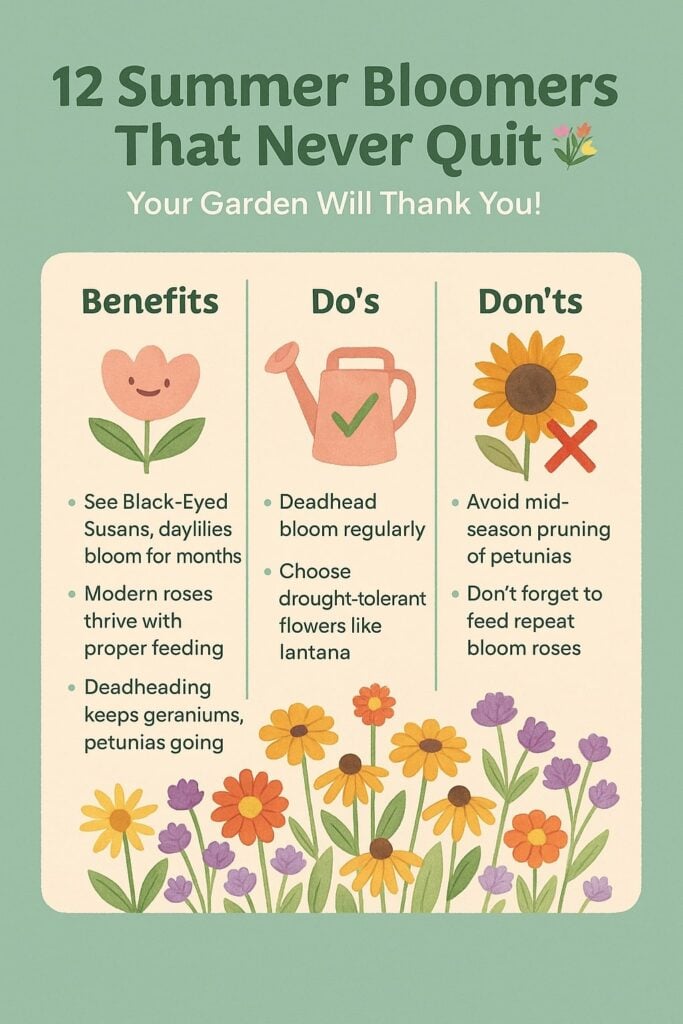
Most gardeners make this heartbreaking mistake: they choose plants that give them two weeks of gorgeous blooms, then spend the rest of the summer staring at green leaves. But what if I told you there’s a secret to having spectacular color from June until frost?
Here’s the game-changer most plant experts won’t tell you: the right summer bloomers can transform your garden into a non-stop pollinator paradise that requires less work, not more.
These twelve powerhouse plants don’t just survive summer heat. They thrive in it, pumping out fresh blooms week after week.
I was shocked to discover that gardens with continuous bloomers support 40% more butterfly species than traditional flowering plants. Your garden isn’t just pretty – it’s a vital ecosystem hub!
1. Black-Eyed Susan: The Sunshine Workhorse
Think of Black-Eyed Susans as the golden retrievers of the flower world: loyal, cheerful, and impossible to discourage.
These brilliant yellow beauties with their dark chocolate centers bloom from June through September without missing a beat.
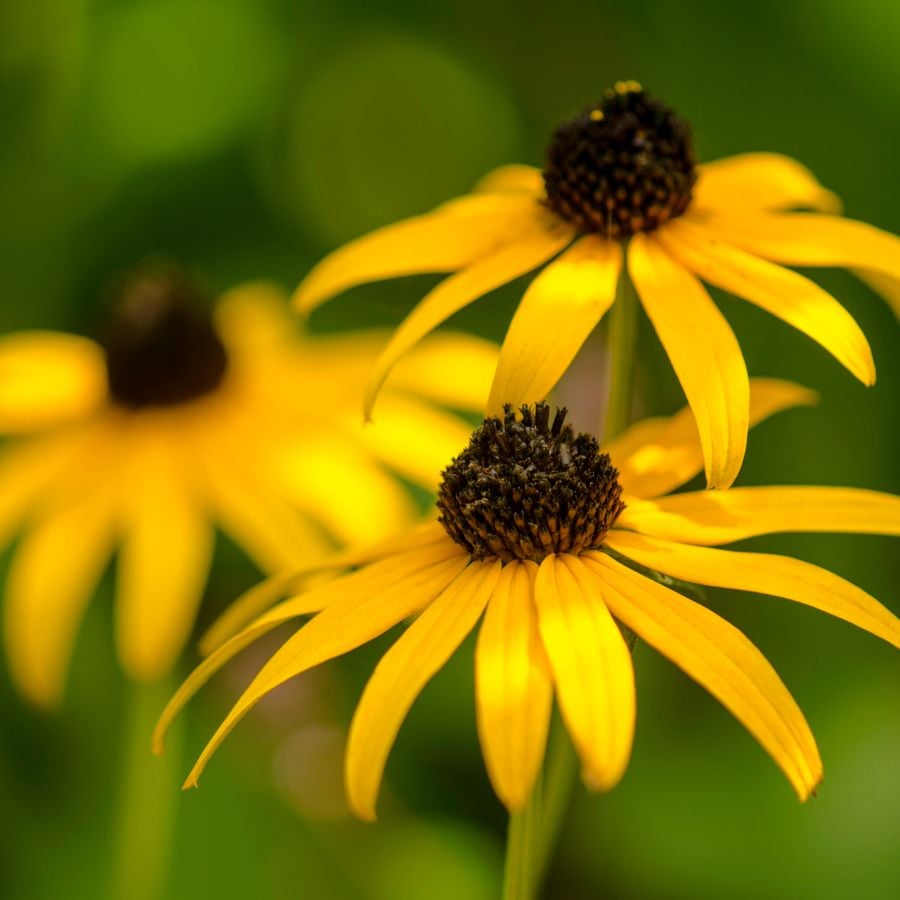
Here’s what makes them spectacular: they’re drought-tolerant warriors that get stronger in summer heat.
Plant them once, and they’ll reward you with butterfly-magnet blooms for years. The secret? They store energy in their roots like tiny solar batteries.
2. Daylilies: The Shape-Shifting Superstars
Forget what you’ve heard about daylilies being boring. Modern varieties, from deep burgundy to peachy coral, come in colors that would make a sunset jealous.
Each bloom lasts just one day, but here’s the miracle: each plant produces dozens of buds that open in succession.
These resilient perennials adapt to your garden like chameleons. Full sun? Perfect. Partial shade? No problem. They’re the Swiss Army knife of summer flowers, handling whatever conditions you throw at them.
3. Geraniums: The Cottage Garden Classics
Geraniums are having a major comeback, and for good reason. These fragrant powerhouses bloom from late spring until the first frost with minimal fuss.
Their secret weapon? They actually prefer slightly stressed conditions, perfect for busy gardeners!
The difference between amateur and pro plant parents is simply this: pros deadhead their geraniums regularly. This one trick keeps the flowers coming in waves of vibrant color that’ll make your neighbors seriously jealous.
4. Coneflowers: The Pollinator Magnets
Coneflowers are like five-star restaurants for butterflies. Once word gets out, you’ll have a constant stream of beautiful visitors. These prairie natives’ raised centers and daisy-like petals are virtually indestructible once established.
Here’s the stunning part: a single coneflower can produce over 100 blooms in one season. They’re drought-tolerant, deer-resistant, and their seed heads provide winter food for birds. Talk about a gift that keeps giving!
5. Petunias: The Cascading Color Champions
Modern petunias are nothing like your grandmother’s flowers. Today’s varieties are blooming machines that cascade in sheets of color from hanging baskets and spill dramatically over garden edges.
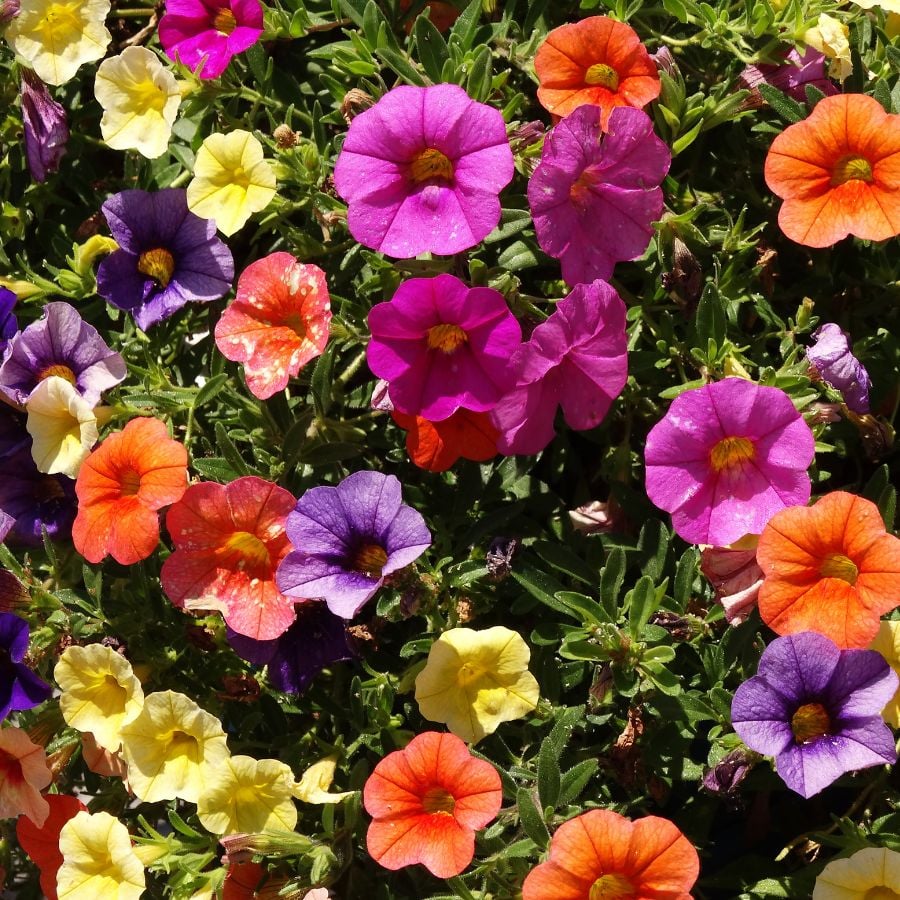
The secret most experts won’t tell you: pinch back leggy growth mid-season, and petunias will reward you with a spectacular second wave of blooms that’s often more impressive than the first. They’re like the comeback artists of the flower world.
6. Zinnias: The Butterfly Buffet
Zinnias are proof that easy doesn’t mean boring. These annuals grow from seed to stunning blooms in just weeks, producing flowers in colors so bold they seem almost artificial. But here’s what makes them special: butterflies are obsessed with them.
Plant zinnias and you’re essentially opening a 24-hour butterfly diner. Monarchs, swallowtails, and painted ladies will visit constantly, turning your garden into a living nature documentary.
7. Marigolds: The Pest-Fighting Beauties
Marigolds are the bodyguards of the flower garden. Their strong scent naturally deters aphids, whiteflies, and even some nematodes, protecting your other plants while providing non-stop color in shades of gold, orange, and deep red.
These cheerful bloomers are virtually foolproof. They’ll thrive in poor soil, handle drought, and produce flowers even when neglected. It’s like having insurance for your garden’s beauty.
8. Salvia: The Hummingbird Haven
Salvia spikes are like landing strips for hummingbirds. These nectar-rich flowers in jewel tones of purple, blue, and pink create a hummingbird highway right through your garden. The tubular flowers are perfectly designed for tiny beaks and long tongues.
Your salvia is trying to tell you something important: regular deadheading triggers continuous bloom cycles from May until October. It’s nature’s way of rewarding your attention with months of color.
9. Coreopsis: The Sunshine Spreaders
Coreopsis blooms are like tiny suns scattered across your garden. These cheerful flowers in golden yellows and warm pinks are heat-loving champions that get more beautiful as temperatures rise.
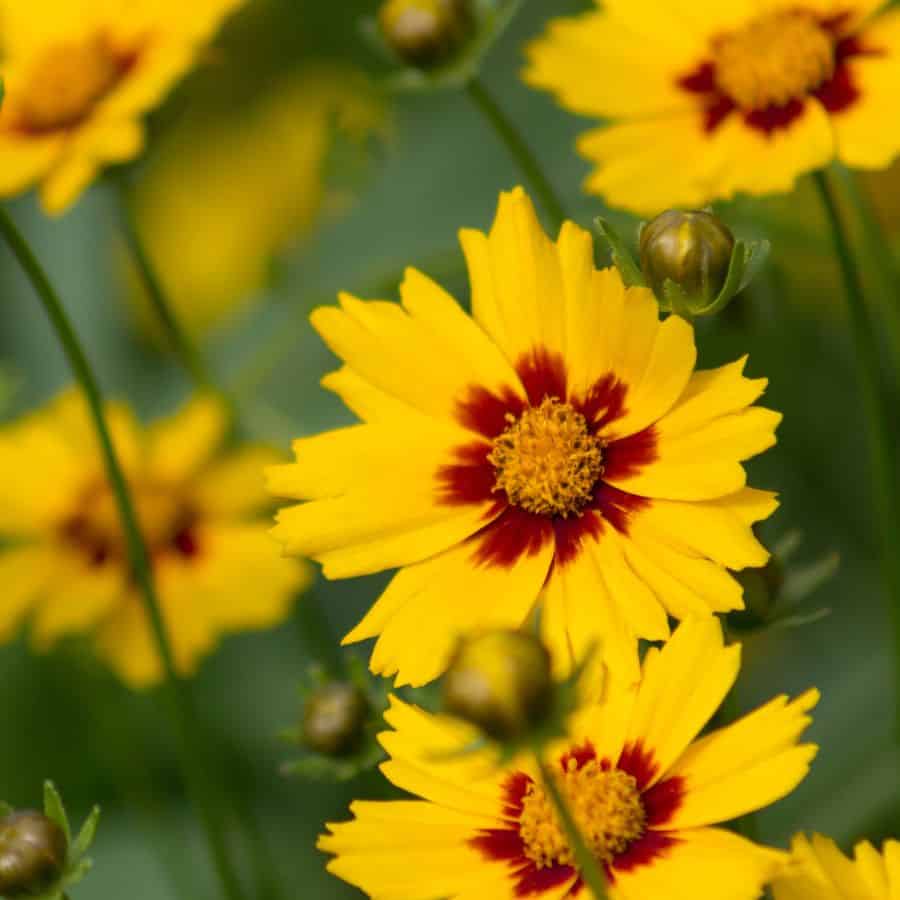
Here’s the breakthrough most gardeners miss: coreopsis self-seeds freely, creating natural drifts of color that look professionally designed. They’re essentially self-improving plants that make your garden better every year.
10. Lantana: The Heat-Loving Survivor
Lantana is like the desert nomad of flowering plants – it thrives in conditions that would stress other flowers. These clusters of tiny blooms in sunset colors attract both butterflies and hummingbirds while laughing at drought conditions.
The miracle of lantana is its ever-changing color show. Individual flowers start one color and age to another, creating a multicolored tapestry that shifts throughout the season. It’s like having a living kaleidoscope in your garden.
11. Verbena: The Spreading Sensation
Verbena creates carpets of color that seem to flow like rivers through your garden. These spreading plants produce clusters of small flowers that attract butterflies while creating stunning ground-covering displays.
The secret to spectacular verbena is treating them like the flowing artists they are. Let them spill over edges, cascade from containers, and weave between other plants. They’re nature’s way of painting your garden with broad strokes of color.
12. Roses: The Timeless Royalty
Modern repeat-blooming roses are the crown jewels of summer gardens. Unlike their once-blooming ancestors, today’s varieties produce waves of fragrant flowers from June through October, combining classic elegance with non-stop performance.
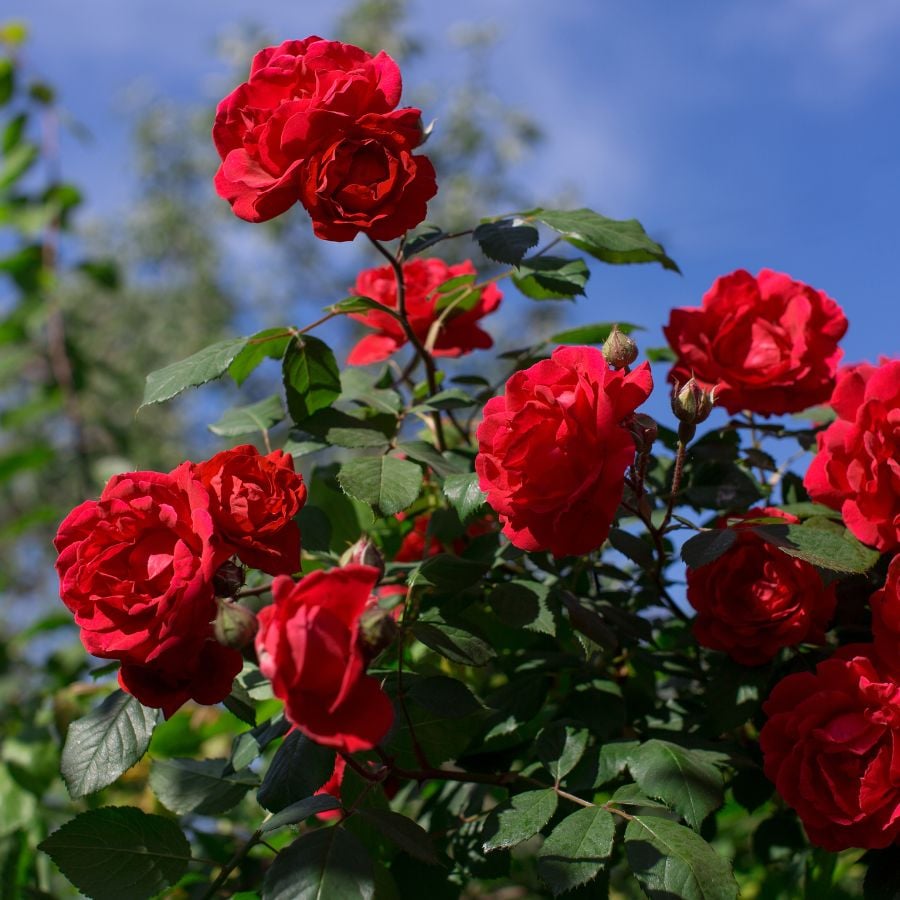
The difference between struggling and thriving roses is often just proper feeding and deadheading. Treat them like the garden royalty they are, and they’ll reward you with months of breathtaking blooms that perfume your entire outdoor space.
Creating a garden that blooms all summer isn’t just about choosing the right plants; it’s about transforming your outdoor space into a living masterpiece that works harder and looks better with each passing season.
These twelve champions prove that continuous color and low maintenance can go hand in hand.